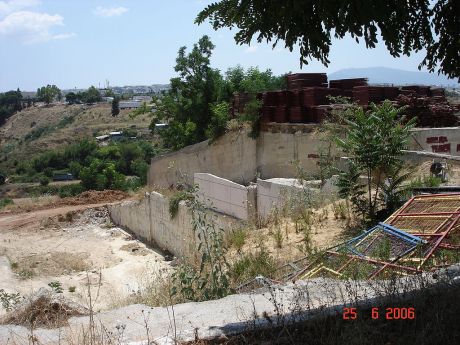Many of Europe's cities – especially those with historic centres – could
suffer greatly in the event of an earthquake, threatening people's
lives and livelihoods significantly. Real-time mitigation of earthquake
risk, based on decreasing vulnerability and exposure, could help protect
vulnerable cities from the effects of seismic activity.
In this light, the EU-funded
REAKT (Strategies and tools for real time earthquake risk reduction) project set out to boost real-time earthquake risk mitigation methods and their ability to protect people, buildings and infrastructures.
Project partners took stock of conditions that encourage or hinder the application of short-term earthquake forecasting and early warning methodologies. They identified scientific and regulatory issues that need to be addressed in upcoming research.
In effect, REAKT developed a procedure to make integrated use of data from operational forecasting models, early warning and rapid alert systems.. Thanks to a better understanding of the dynamics of earthquake methods and transient phenomena such as strain variations, pore pressure and seismic release rate, the team was able to enhance the reliability of operational forecasting and early warning.
Key to the success of REAKT was viewing overall system performance from an end-user perspective. To this end, the team closely collaborated with several key stakeholders, including civil protection and railway systems representatives, port authorities, hospitals and educational institutions. They helped assess and optimise the earthquake early warning and real-time risk assessment procedures developed to reduce seismic risk to various industries, infrastructure and strategic structures.
Researchers also produced proposals for decision making based on data exchange protocols and performance evaluation approaches and implemented guidelines for different industries and end-user useful for cost-benefit analysis.
The scientific output amounted to about 90 papers in peer reviewed journals and 170 oral and poster presentations at international events.
REAKT provided decision makers and authorities with more efficient real-time earthquake risk mitigation methods. They are now better equipped to protect people and cities against earthquakes.

